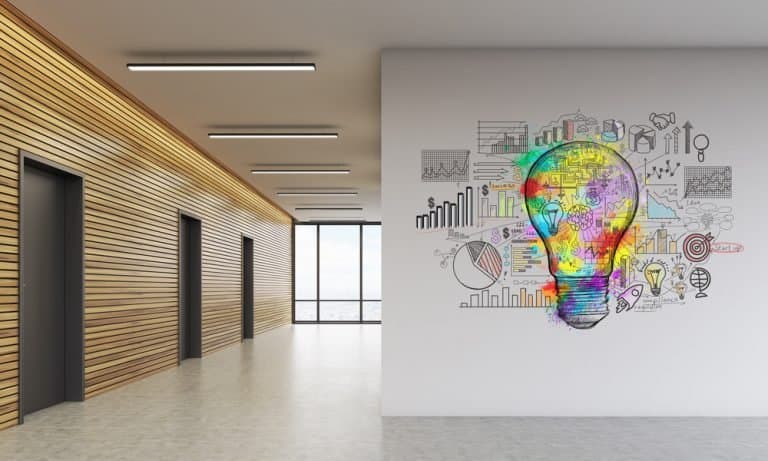 Smart Buildings Get Smarter and Expand into Real Estate - RTInsightsModern smart building applications are helping building designers, owners, and managers digitally transform their operations to realize enhanced benefits.
Smart Buildings Get Smarter and Expand into Real Estate - RTInsightsModern smart building applications are helping building designers, owners, and managers digitally transform their operations to realize enhanced benefits.Smart buildings are increasingly becoming more sophisticated, and the roles they play are changing. At the same time, rather than being entities unto themselves, many smart buildings are collections of tightly integrated smart applications and services. These aggregate systems, in turn, are often further integrated with other smart systems and applications run by municipalities, agencies, and commercial enterprises.
A look at some smart building trends highlights their expanded functionality. Many new efforts are aimed at commercial buildings.
Smart buildings have traditionally provided improved control over physical aspects of building management. A building might use real-time systems to monitor and manage access control, HVAC, lighting, and energy management. Other leading-edge applications areas include smart lobbies and smart elevators. Real-time systems that manage those features rely on integrated sensors and IoT elements to capture data to derive AI-based data analytics.
The pandemic has increased the need for many more smart systems. Employers must provide assurances that their workers will be safe. They need real-time solutions that help monitor and enforce social distancing of their employees and room-by-room environmental health quality. They also need visitor management systems that do more than log a person in when they enter a facility. In many cases, visitors will need to be screened (a quick temperature check) and their movement throughout the building tracked to be sure rooms are not overcrowded.
As more employees return to the office, more emphasis is being directed at improving the occupant experience and ensuring safety. Some systems of interest help a business monitor for circumstances that spread the virus and automatically react when conditions are not right. These systems might:
Monitoring for unsafe people densities: A system might use cameras, cell phone location data, or proximity detection to assess how many people are in a room.
Maintain a safe environment: Smart systems might be used to help with facilities and environmental management. For example, after a meeting ends, a smart solution might automatically alert facilities management and schedule a cleaning after a meeting breaks up.
Perhaps, one of the most interesting developments in smart buildings is the move to autonomous buildings. While traditional smart buildings seek to automate many operational aspects of running a building, autonomous buildings aim to take things to a higher level. Specifically, autonomous might seek to reduce the costs of maintaining a building, optimize the structure’s environmental impact, enhance the occupants’ comfort, and increase security.
https://www.civilengineering.ai/smart-buildings-get-smarter-and-expand-into-real-estate/

Post a Comment